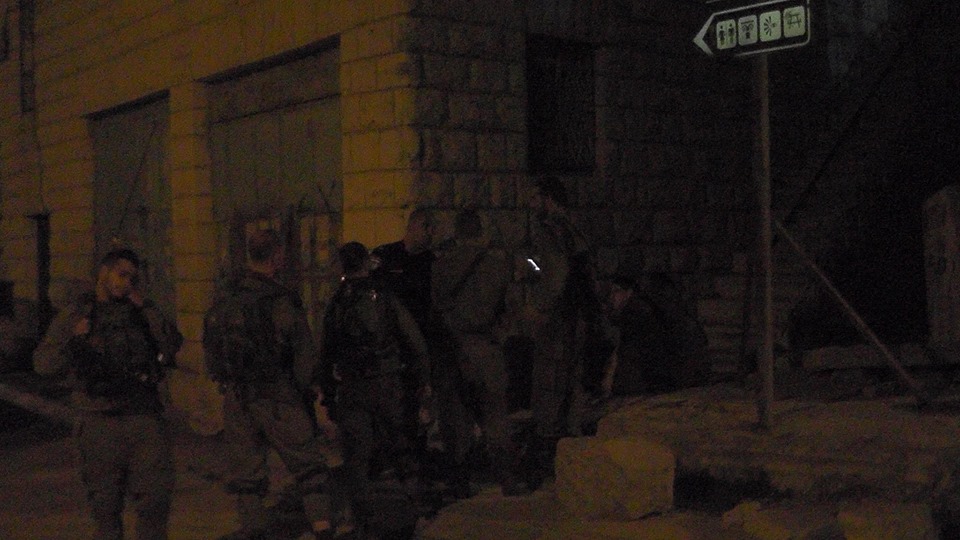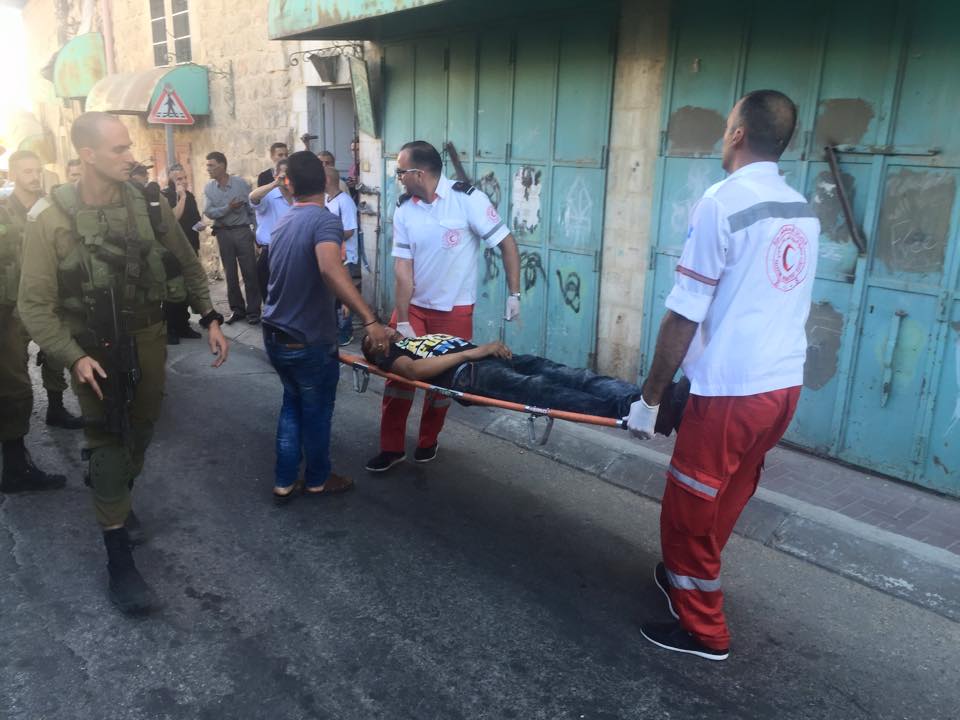Category: Hebron
-
International arrested in al-Khalil and banned from part of the city
12th September 2015 | International Solidarity Movement, Al-Khalil Team | Hebron, occupied Palestine Sunday night an international human rights observer was arrested by Israeli forces on bogus charges in al-Khalil (Hebron) in occupied Palestine. The activist was detained by Israeli soldiers when leaving a house in the Tel Rumeida neighbourhood of al-Khalil. Only a few…
-
Settlers violently attack a Palestinian man on Shuhada-street
5th September 2015 | International Solidarity Movement, Al-Khalil Team | Hebron, occupied Palestine Tonight at around 6 pm a Palestinian man was detained at Daboya checkpoint in Shuhada-Street in Hebron in occupied Palestine. While he was detained a group of young settlers came to the checkpoint and attacked him. The 3 settlers were beating the…



